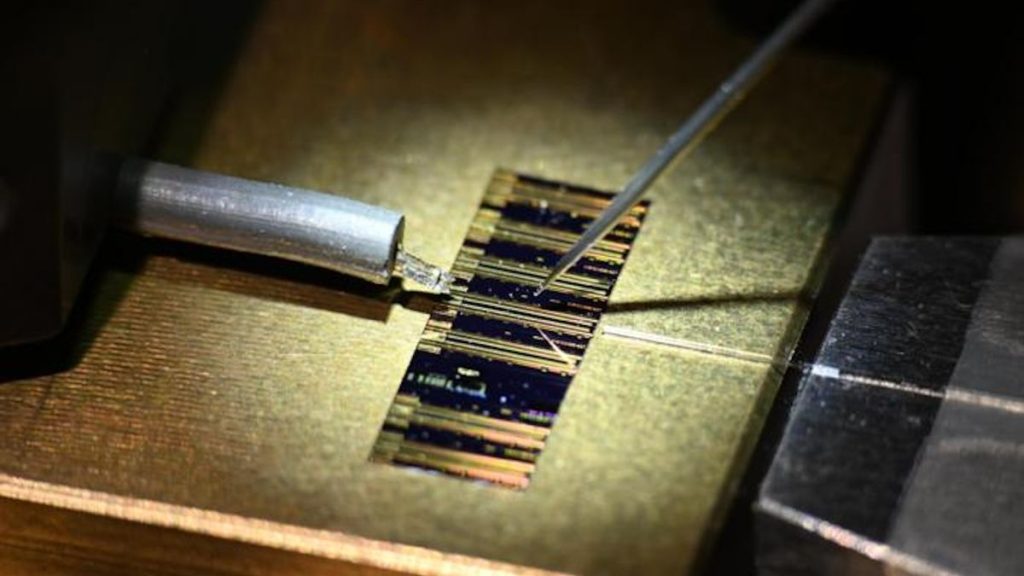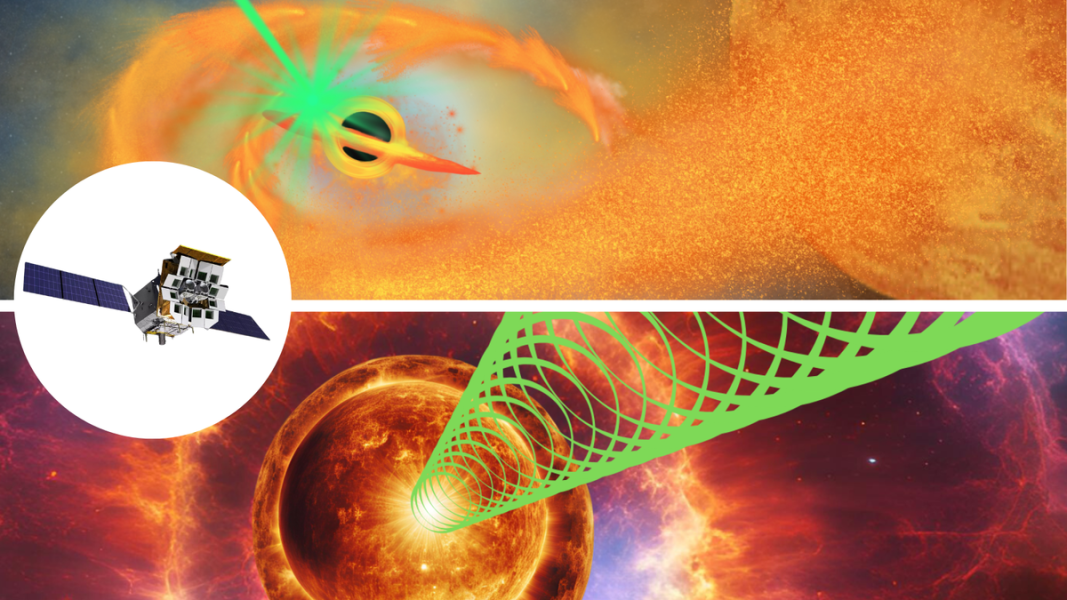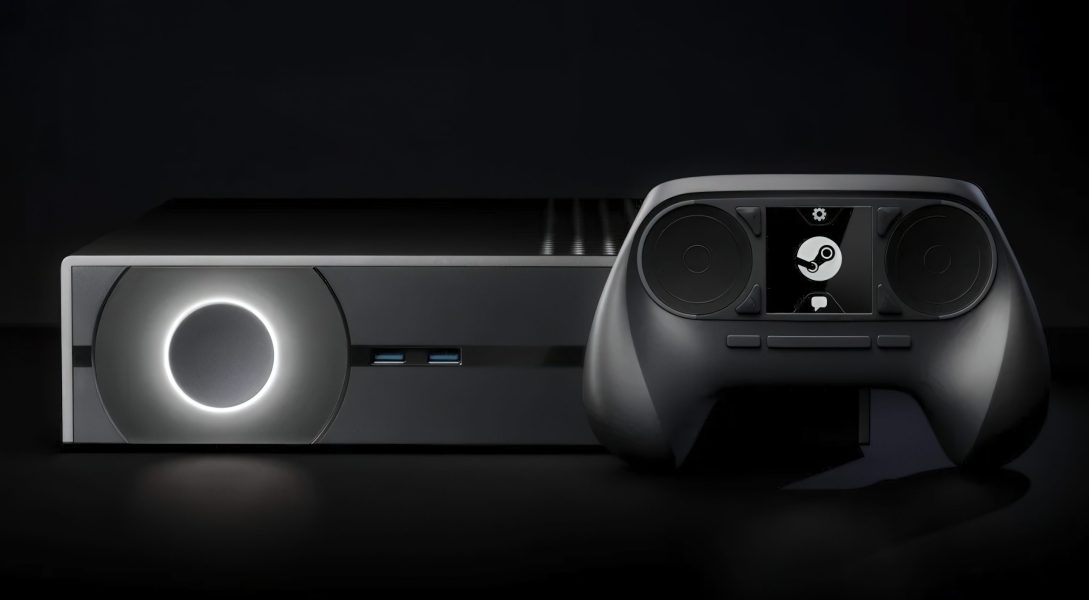New laser-based artificial neuron processes enormous data sets at high speed – Livescience.com

No offers foundA new artificial neuron that spikes like human brain cells could be used to process data at ultrafast speeds.
When you purchase through links on our site, we may earn an affiliate commission. Here’s how it works.
Scientists have developed a new kind of laser-based artificial neuron that mimics a biological nerve cell. This artificial neuron could boost high-speed computing and artificial intelligence (AI), researchers say.Artificial neurons mimic nerve cells by activating once they hit a certain information threshold. When a biological neuron takes in enough of the right type of information, it generates an electrical pulse to communicate with nearby neurons. Similarly, artificial neurons process and transmit computational information only once they take in a certain amount of relevant electronic data.Existing artificial neurons, which are known as photonic spiking neurons, mimic biological spiking neurons by responding to these input signals with all-or-nothing, on-and-off spikes. But the way in which the neurons receive those input signals means that, for a short time after each spike, they cannot respond to new inputs. This brief reset period puts a speed limit on computations performed with artificial spiking neurons.But the new artificial neurons transmit information via “graded” signals with variable intensity. In the new study, published Dec. 19, 2024 in the journal Optica, researchers used a graded neuron system to surpass spiking neurons’ speed limit. Much like a biological graded or “non-spiking” neuron, the laser-based system generated increasingly strong output signals in response to consecutive stimuli, so it didn’t need the same reset period as the spiking neurons. As a result, the new artificial neuron transmitted data up to 100,000 times faster than artificial spiking neurons.The researchers incorporated the graded neuron into a reservoir computing system — a type of artificial neural network which processes time-dependent data. They used this system to scan 700 heartbeat samples for arrhythmia. The reservoir processed these heartbeats at a speed of 100 million heartbeats per second — much faster that spiking neural networks can. The new system detected arrhythmic patterns with more than 98% accuracy. In a separate experiment, the system analyzed and classified handwritten numbers at a rate of nearly 35 million digits per second with 92% accuracy.—Scientists develop new laser that can find and destroy cancer cells in the blood—These ‘living computers’ are made from human neurons — and you can rent one for $500 a month—Intel unveils largest-ever AI ‘neuromorphic computer’ that mimics the human brain”With powerful memory effects and excellent information processing capabilities, a single laser graded neuron can behave like a small neural network,” study co-author Chaoran Huang, an engineer at the Chinese University of Hong Kong, said in a statement. “Therefore, even a single laser graded neuron without additional complex connections can perform machine learning tasks with high performance.”Connecting multiple graded neurons could offer even greater computing power. “In this work, we used a single laser graded neuron, but we believe that cascading multiple laser graded neurons will further unlock their potential, just as the brain has billions of neurons working together in networks,” Huang said.Get the world’s most fascinating discoveries delivered straight to your inbox.”Our technology could accelerate AI decision-making in time-critical applications while maintaining high accuracy,” Huang added. “We hope the integration of our technology into edge computing devices — which process data near its source — will facilitate faster and smarter AI systems that better serve real-world applications with reduced energy consumption in the future.”Skyler Ware is a freelance science journalist covering chemistry, biology, paleontology and Earth science. She was a 2023 AAAS Mass Media Science and Engineering Fellow at Science News. Her work has also appeared in Science News Explores, ZME Science and Chembites, among others. Skyler has a Ph.D. in chemistry from Caltech.Please logout and then login again, you will then be prompted to enter your display name.Why is DeepSeek such a game-changer? Scientists explain how the AI models work and why they were so cheap to build.Alibaba claims its AI model trounces DeepSeek and OpenAI competitorsWatch humanoid robots waltzing seamlessly with humans thanks to AI motion tracking software upgrade
Livescience is part of Future US Inc, an international media group and leading digital publisher. Visit our corporate site.
©
Future US, Inc. Full 7th Floor, 130 West 42nd Street,
New York,
NY 10036.






